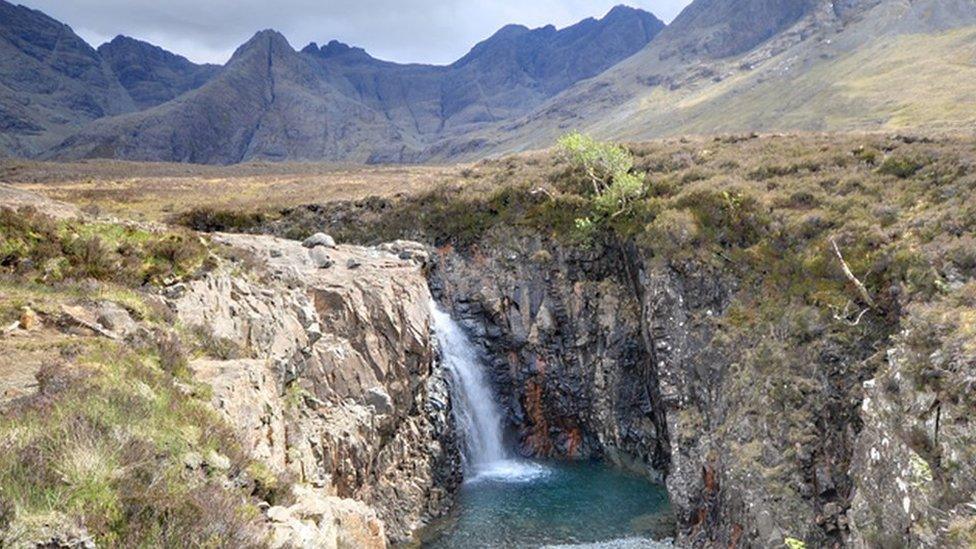Should Skye be turned into a national park?
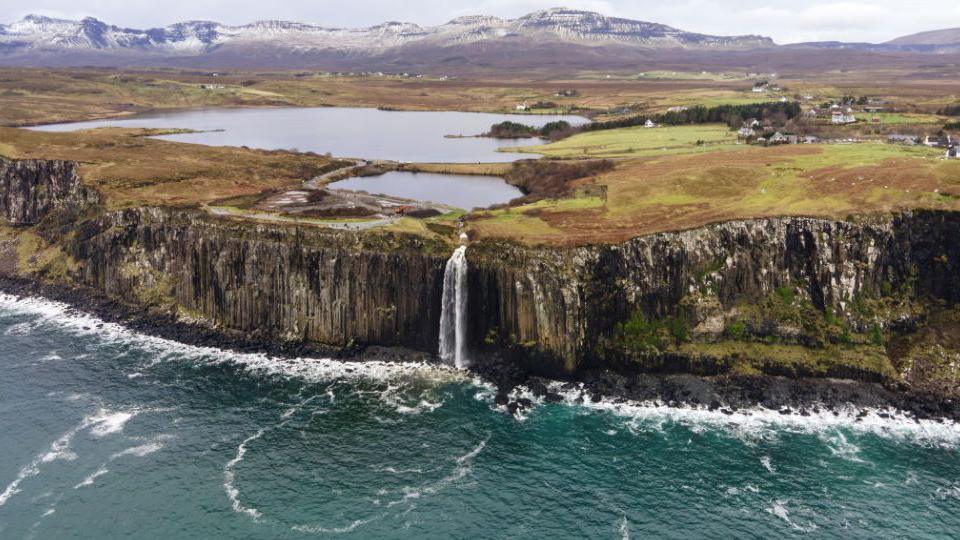
It has been suggested Skye, along with Raasay and Rona, could form a new national park
- Published
Skye and the neighbouring islands of Raasay and Rona could be nominated as a new national park - if islanders back the idea.
An expression of interest has already been submitted to the Scottish government and a series of public consultations are taking place this week.
Scotland currently has two national parks - the Cairngorms and Loch Lomond and the Trossachs.
Could the islands - home to a total of about 10,800 people as well as dramatic mountain and coastal landscapes - be joining them?
'Living, working community'
Mark Wringe, of Sleat, said attending his local public consultation event had not provided him with insights into advantages of having the designation.
He said: "I really want to know what they are because my fears are there are an awful lot of disadvantages, in particular the philosophical problem that we are seen as a park and a recreational resource.
"I think that most of urban Scotland doesn't see that we are community that lives and works here, as we always have done.
"I think if we are seen as just a play place that is detrimental to life here and other places like Skye."

Mark Wringe said he was worried Skye would just been seen as a recreational resource
Roddy Murray, of Tarskavaig, said he was not opposed to national parks but believed funding should be prioritised to fix problems facing islanders.
"If there was plenty of money for roads, transport, care, education and social work then a national park would be a good thing," he said.
"But I think in the current situation it's simply the wrong priority."

Roddy Murray said park status would be good, but only if social care and transport issues were resolved
Before Christmas, Radio Skye aired a special programme on the idea of park status for Skye, Raasay and Rona.
Adam Gordon, a cultural journalist and broadcaster at the station, said listeners were asked if they were for, against or undecided on the proposal.
He said the programme received more than 100 comments, and almost all of them were against the idea in principle.
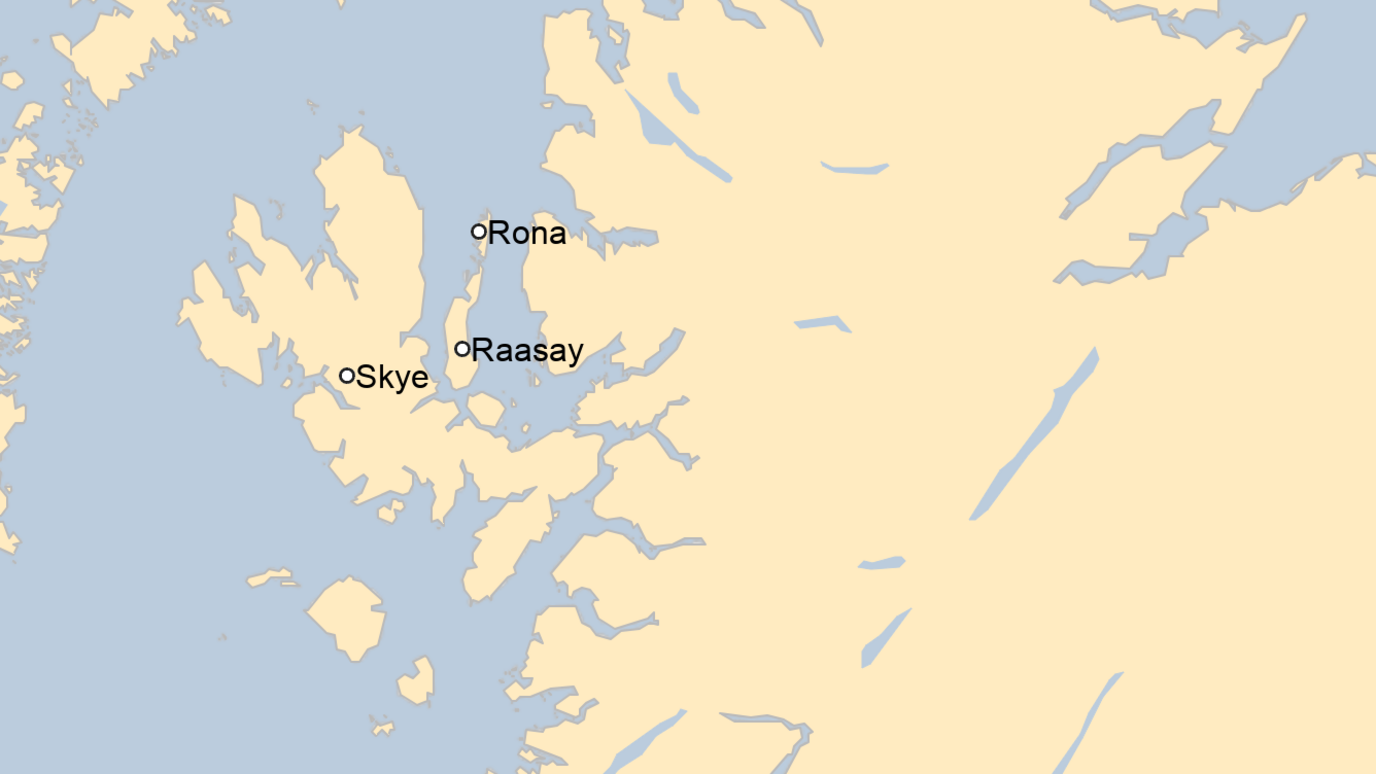
Mr Gordon said: "We cannot say for sure whether people were well versed in what it (park status) means.
"But certainly their instinctive feelings about this were largely against."
Mr Gordon said the main concern that emerged was about another layer of authority being added to what was already in place under Highland Council and Scottish and UK governments.
Radio Skye listeners also questioned why a national park was needed to unlock funding for roads, housing and tourism infrastructure.
Mr Gordon said this week would be pivotal because islanders would have the chance to get more information on the plans from the public events to help them make up their minds.
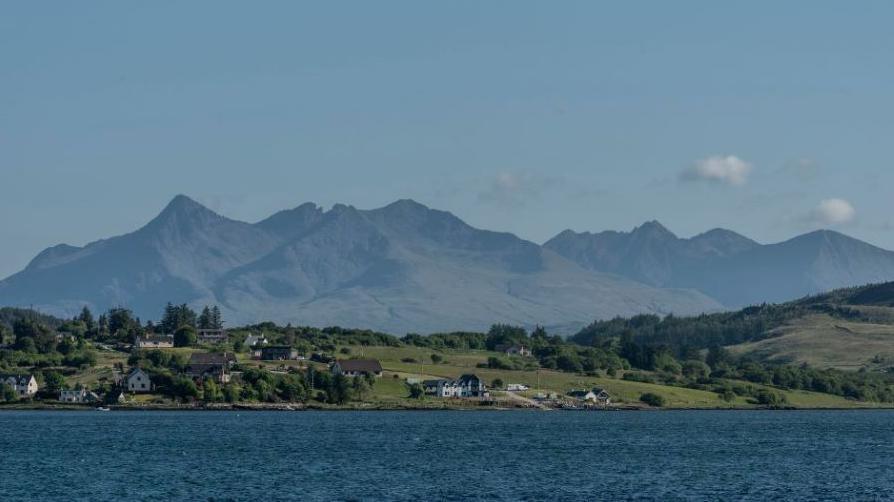
Local Highland councillor Drew Miller submitted the expression of interest to the Scottish government.
He previously told BBC Naidheachdan park status could help the islands better manage the demands for their thousands of visitors, including through the use of bylaws and a visitor levy.
The islands, along with the nearby mainland area of Lochalsh, attract 750,000 visitors a year, according to business organisation Skye Connect.
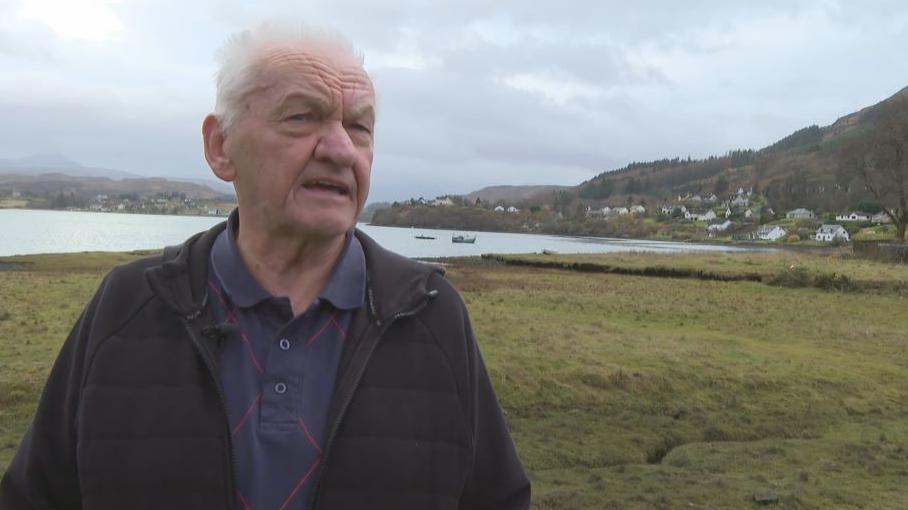
Councillor Drew Miller said there could be advantages to having the park designation
Mr Miller said: "We have huge visitor numbers and iconic sites are being swamped and we need to control that
"Over April, May and June the island had 2,000 campervans, with some parking in laybys and on private land."
He said a national park designation would also offer greater protection to the environment.
Mr Miller encouraged people to express what they would see as the benefits - and any perceived negative impacts - of park status.
He added if a bid was made it would be followed by "intense consultation".
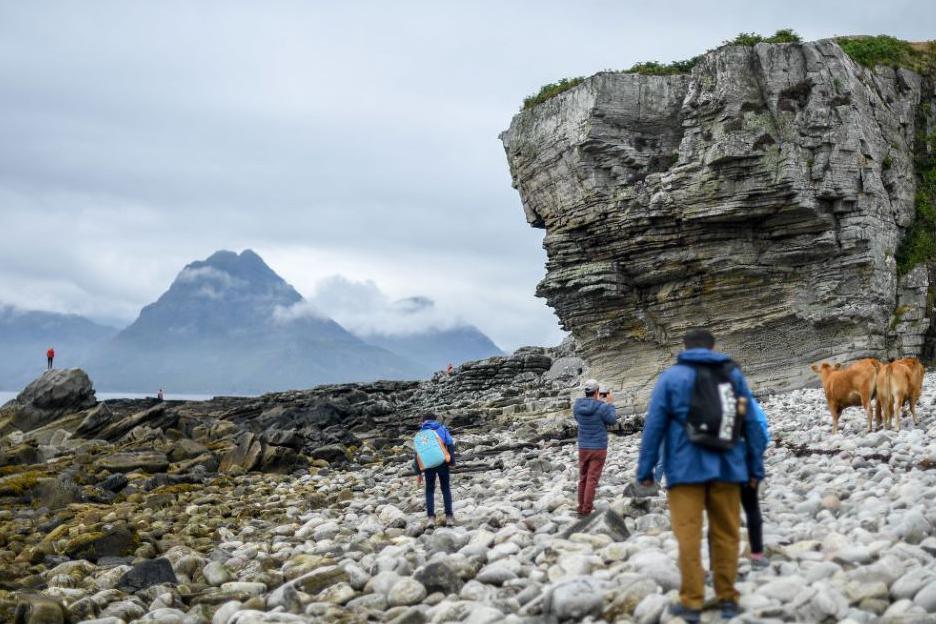
The beauty of the islands supports an important tourism economy
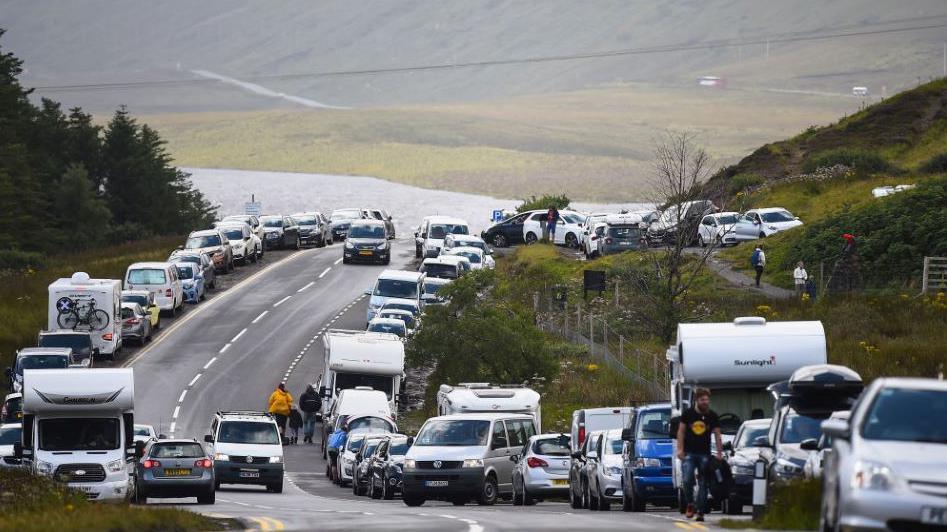
High tourism numbers have brought challenges, including around parking at hotspots. This image was taken in 2017
Another local councillor, John Finlayson, said on Thursday that islanders' views would be listened to and urged people to attend the community engagement events to get answers to their questions.
He said: "In my opinion, if the people of Skye say after they've become informed they don't want an application to go forward then that's what needs to happen.
"Of course, if they say that it is a good thing then we have to support an application going forward."

Councillor John Finlayson said islanders' views would be listened to
The National Parks (Scotland) Act, external was passed 23 years ago and led to the creation of Loch Lomond and the Trossachs National Park in 2002 and the Cairngorms in 2003.
The Cairngorms was extended in 2010 and is the largest park in the UK covering parts of the Highlands, Moray, Aberdeenshire, Perthshire and Angus.
According to the Scottish government, national parks are models of sustainable development.
The aims of parks are to:
Work to protect and enhance natural and cultural heritage
Promote responsible access to nature
Support local communities
Manage millions of visitors annually
Park authorities are required to produce plans on the management of their areas.
The authorities' planning committees make decisions on local developments.
Expressions of interest have been received for other parts of Scotland, including the Lammermuirs and Glen Affric.
The deadline for nominations for new parks in 29 February.
Related topics
- Published6 November 2023

- Published12 October 2023

- Published26 February 2018
